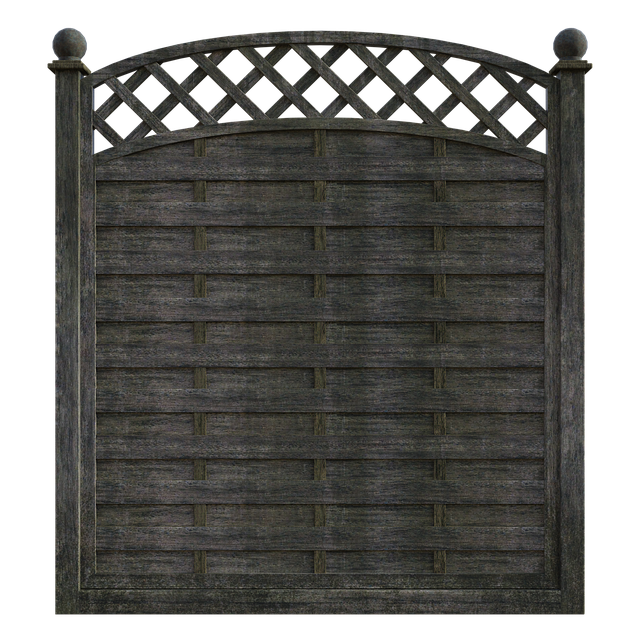In New Bedford, MA, residential fence installation has become a popular home improvement project, enhancing property values and providing essential security. This article guides homeowners through the process of transforming their outdoor spaces by exploring the various aspects of residential fence installation. From understanding local regulations to selecting the perfect fencing material, we offer insights into choosing the right company, each step of the installation process, and crucial post-installation care tips, ensuring a smooth and rewarding experience for New Bedford residents.
- Understanding Residential Fence Needs in New Bedford
- Choosing the Right Installation Company
- Types of Fences for Your Home
- The Installation Process: Step-by-Step Guide
- Post-Installation Maintenance Tips
Understanding Residential Fence Needs in New Bedford
In New Bedford, understanding residential fence needs goes beyond merely enclosing a space. Property owners often seek fences that blend aesthetics with functionality, enhancing both the safety and curb appeal of their homes. The diverse neighborhoods in New Bedford mean varied preferences—from classic wood fences that offer natural charm to modern aluminum options providing low-maintenance durability.
Climate plays a significant role too. Homeowners here must consider fences that can withstand harsh winters and hot summers, ensuring they are robust enough to resist extreme weather conditions. Moreover, local regulations and property lines should be taken into account, as these constraints shape the type of fence installed, its height, and materials used.
Choosing the Right Installation Company
When selecting a residential fence installation company in New Bedford, MA, it’s crucial to consider several factors that will ensure your project’s success. Look for companies with a proven track record and positive customer reviews, as this indicates their commitment to quality work and client satisfaction. Experience is also vital; choose a company that has been installing fences for many years, demonstrating their expertise in various styles and materials.
Inquire about their licensing, insurance, and warranty policies. Ensure they are properly licensed and insured to protect yourself from potential risks or liabilities. A good warranty on both the installation and materials shows their confidence in the quality of their work. Additionally, consider their communication skills and responsiveness; a company that keeps you informed throughout the process and addresses your queries promptly is more likely to deliver a seamless experience.
Types of Fences for Your Home
When considering residential fence installation, New Bedford homeowners have a variety of options to choose from, each offering unique benefits and aesthetics. Wood fences are a popular choice due to their natural beauty and versatility. They can be stained or painted to match your home’s exterior and come in various styles like picket, privacy, or post-and-rail. Metal fences, often made of aluminum or steel, provide durability and low maintenance, making them ideal for areas prone to harsh weather conditions. These fences are available in sleek, modern designs or traditional styles with intricate patterns.
For those seeking a combination of beauty and security, chain link fences offer an affordable solution. They are particularly suitable for backyards with children or pets, providing ample space while ensuring safety. Additionally, vinyl fences have gained popularity due to their low-maintenance nature and the wide range of colors and styles they come in. These fences can mimic the look of wood without the need for regular painting or staining, making them a hassle-free option for busy homeowners.
The Installation Process: Step-by-Step Guide
When it comes to residential fence installation, New Bedford, MA companies follow a systematic process to ensure quality and durability. The journey begins with a thorough site assessment where professionals evaluate the area, taking note of any challenges or unique features. This step is crucial as it determines the overall design and materials used, ensuring the final product aligns with your preferences and property characteristics.
Next, the installation crew marks out the perimeter, preparing the ground for fence posts. They dig holes at precise locations, placing concrete to secure the posts firmly in place. Once the posts are set, panels or individual boards are attached, creating the desired fence structure. The process concludes with a final inspection, ensuring all components are securely fastened and the fence meets safety standards.
Post-Installation Maintenance Tips
After your new fence is installed, proper maintenance will ensure its longevity and enhance its aesthetic appeal. Regular cleaning is essential; brush or hose down the fence to remove dirt, leaves, and other debris, especially after storms or heavy rain. A soft-bristled brush and mild detergent can be used for more stubborn stains.
Inspect your fence periodically for any signs of damage, such as loose panels, broken posts, or rusted hardware. Promptly repairing these issues will prevent further deterioration. Additionally, keep an eye out for overhanging branches from nearby trees, which can cause wear and tear, and trim them back to maintain the fence’s integrity.
